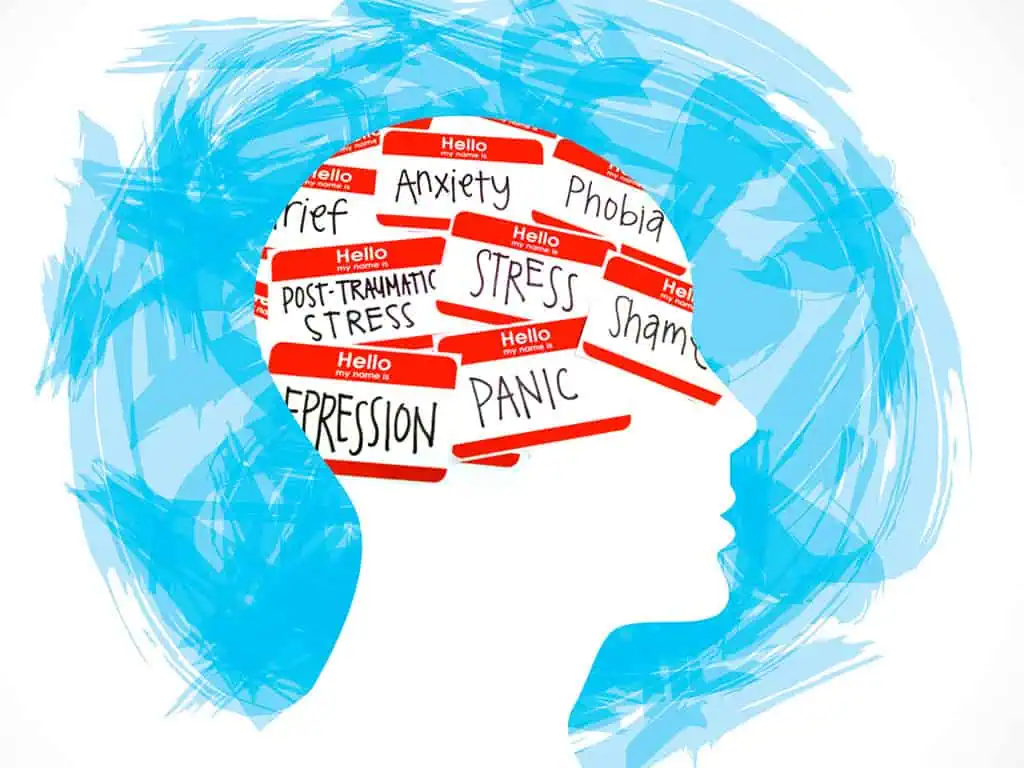
For over 150 million people suffering from mental illness in India here is a glimmer of hope.
A combination of digital healthcare and community-based campaigns is helping in significantly reducing depression, anxiety, and self-harm.
The results are especially more positive in rural areas, according to the large-scale study done by the George Institute for Global Health based in New Delhi.
The study screened nearly 170,000 adults, with 9,900 participating in the trial, showing remarkable improvements in mental health awareness and reducing stigma in Andhra Pradesh and Haryana.
Mental health remains a critical global challenge with nearly 150 million people in India needing treatment, yet only a fraction receive adequate care.
The shortage of mental health professionals in India is particularly acute, especially in rural areas where trained health workers are scarce, says the study.
India’s Systematic Medical Appraisal, Referral and Treatment (SMART) Mental Health Program was developed to address this gap by training village health workers in basic mental health care and using innovative methods of service delivery.
The SMART project was conceived as an implementation platform for India’s national strategies to improve mental health services. It was underpinned by the WHO’s Mental Health Gap Action Programme (mhGAP) with a goal of improving evidence-based management and prevention of stress, depression, and self-harm and suicide (referred to as common mental disorders [CMDs]).
It builds on a pilot project that tested an electronic decision support system and a community-based anti-stigma campaign to deliver mental health services in rural primary health care settings.
The study and findings
The study screened almost 170,000 adults across West Godavari, Faridabad, and Palwal districts of Andhra Pradesh and Haryana respectively for depression. Of them, 9,900 were part of the trial over 12 months and implemented two key strategies: a community campaign to reduce mental health stigma and a digital healthcare initiative for those at high risk of mental disorders.
Striking results
- There was a significant reduction in depression risk among those involved in the intervention over one year.
- The cure rate, measured by remission, was significantly higher in the intervention group, with 75% achieving full recovery, compared to just 50% in the control group.
- There was a marked increase in knowledge and attitudes related to mental health, accompanied by a notable decrease in the stigma associated with seeking help.
“Our research marks a significant milestone in mental health care,” said Prof Pallav Maulik, Director of Research at the George Institute India. “This study revealed a substantial reduction in depression risk over one year and highlighted the profound impact of our dual intervention approach,” he added.
“This study shows that community health workers, supported by doctors and simple digital tools, can provide high quality, effective health care. The strategy is simple, safe, clinically effective and can reach large numbers of people missing out on mental health care worldwide,” said Prof David Peiris, Chief Scientist at the George Institute.
Digital health solutions can be an asset to India’s National Mental Health Programme. This finding supports the WHO and Lancet Commission’s call for new strategies to reduce the impact of mental disorders worldwide. These strategies can work in low-and middle-income countries.
The burden and challenge
Mental illness, behavioral disorders, and self-harm account for about 16% of all disability-adjusted life-years (DALYs) worldwide, according to the scientific paper Mental Health Care Support in Rural India, published online on August 14 in JAMA Psychiatry.
In India, the National Mental Health Survey estimated the lifetime prevalence of any mental disorder among adults is 15%, with nearly 150 million people, mostly in rural India in need of treatment and a doubling of disease burden since 1990.
Despite the burden, the treatment gap for managing mental disorders is 75% to 95% in low-and middle-income countries (LMICs) with only around 4% of individuals with depression able to access minimally adequate treatment in LMICs, such as India, with multiple and supply side barriers that prevent care.
The Comprehensive Mental Health Action Plan 2013-30 from the World Health Organization (WHO) proposes a rights-based, primary care-focused approach for reducing the treatment gap using evidence-based digital solutions.
Given the limited trained mental health professionals, alternative solutions that involve delivery of mental health care by upskilling primary care physicians and community health workers holds promise, the paper noted.
The Indian government contracts village-based community health workers known as Accredited Social Health Activists (ASHAs), with one ASHA servicing a population of about 1000 individuals.
ASHAs are generally educated up to grade 8 to 10, or lower in some remote areas. They are provided basic training in health services delivery supporting the government maternal and child health programmes on a part-time (2 to 3 hours per day) contractual basis. They can provide additional services as needed, which requires scalable strategies for training.
The potential benefits of an electronic decision support system in managing different health conditions, including mental health, have been demonstrated mainly in high-income countries; however, few studies demonstrated improvements in clinical outcomes.



